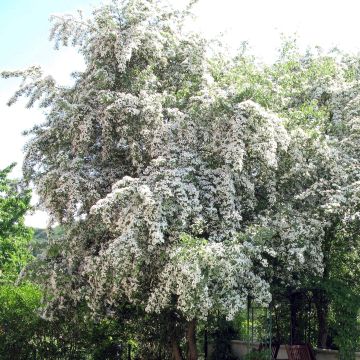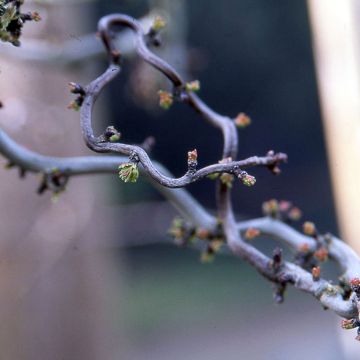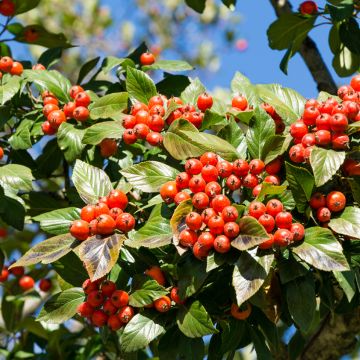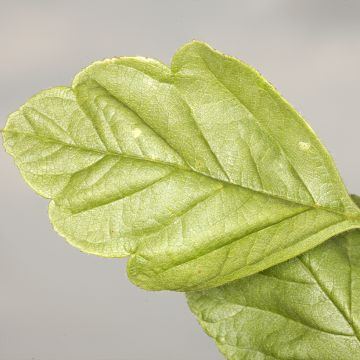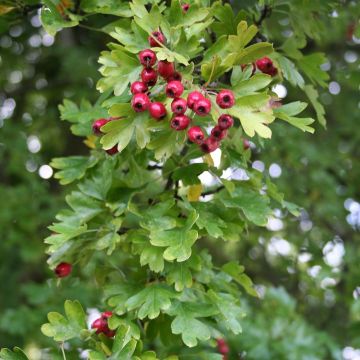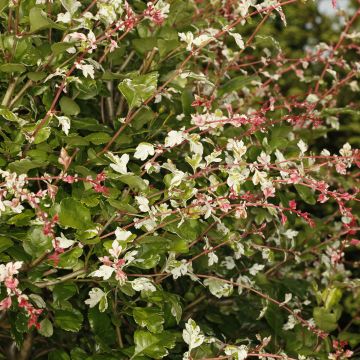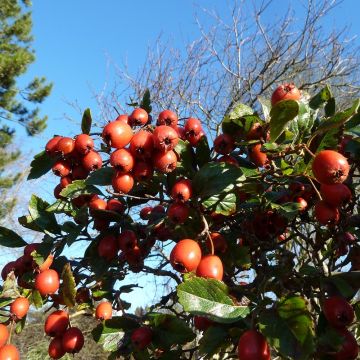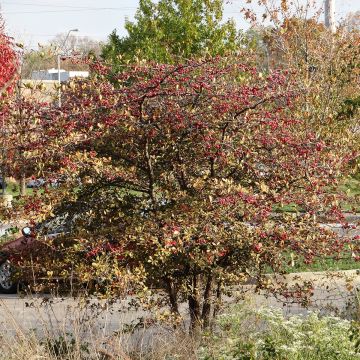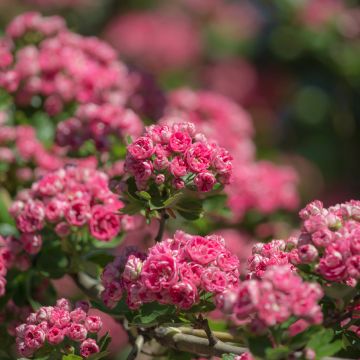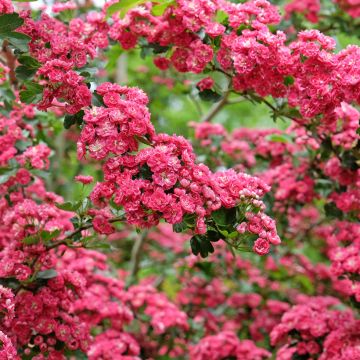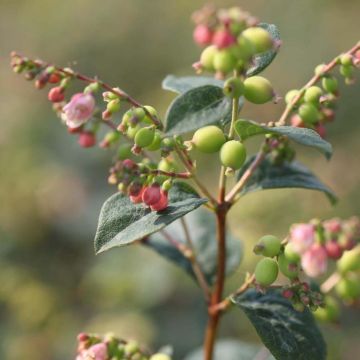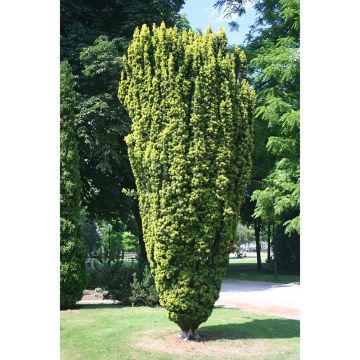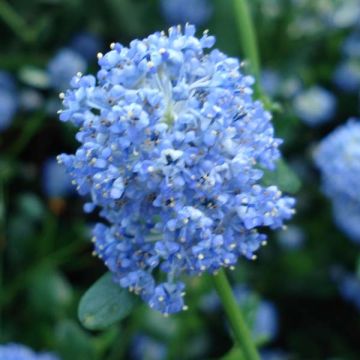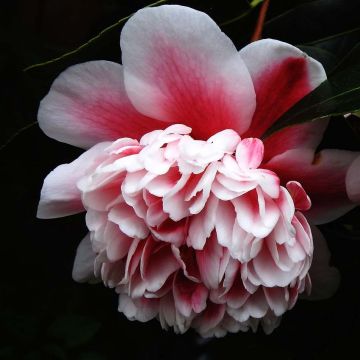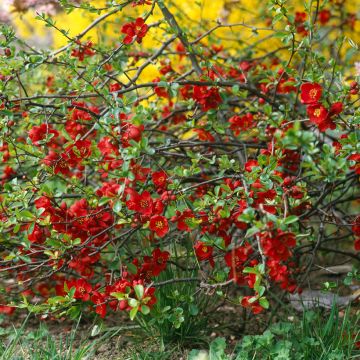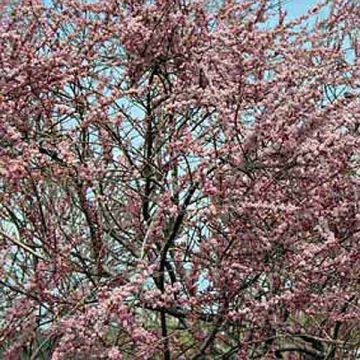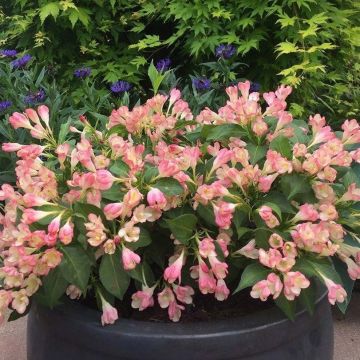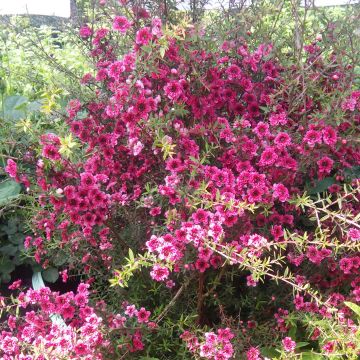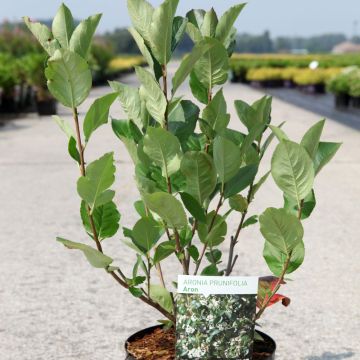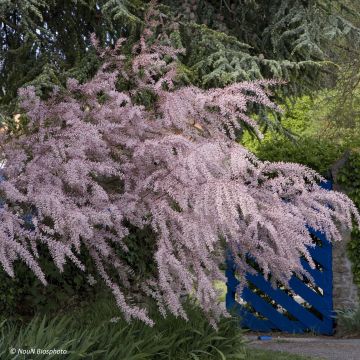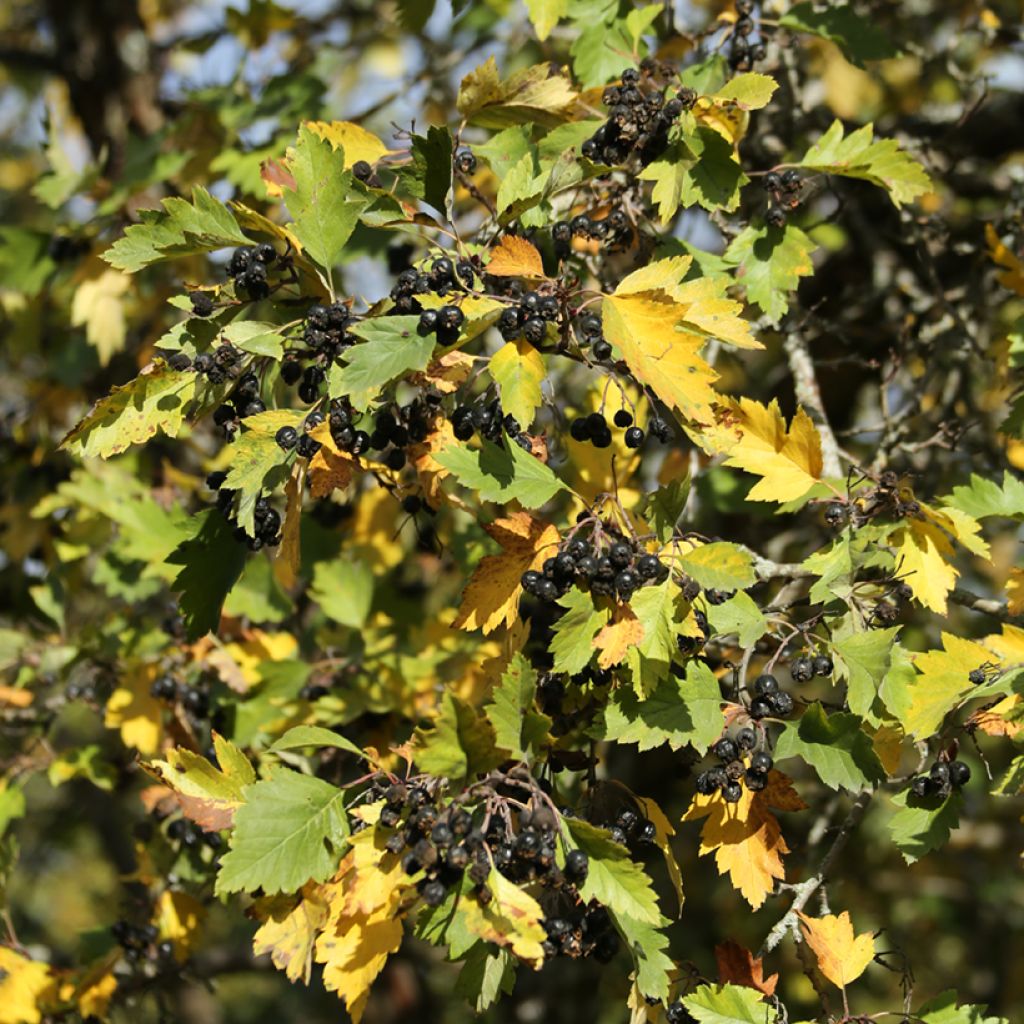

Crataegus nigra - Hungarian Black Hawthorn
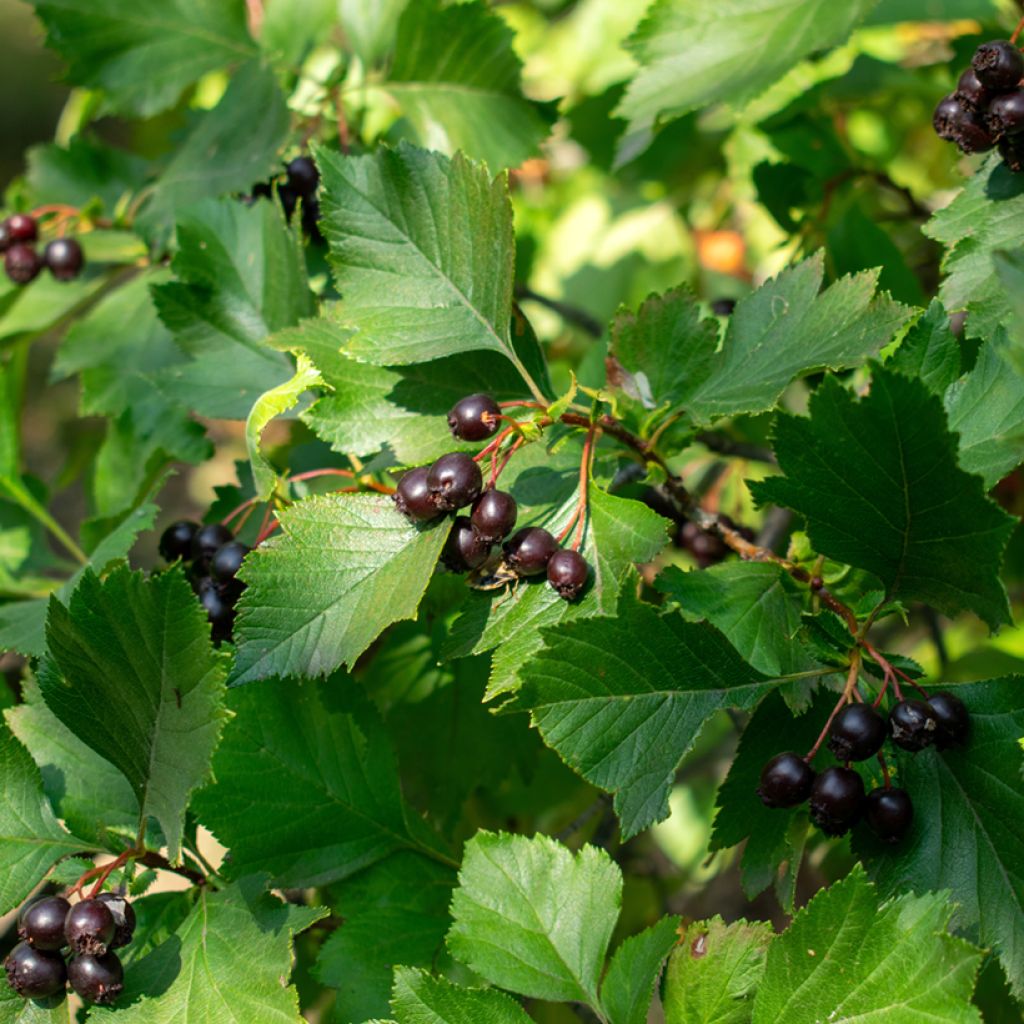

Crataegus nigra - Hungarian Black Hawthorn
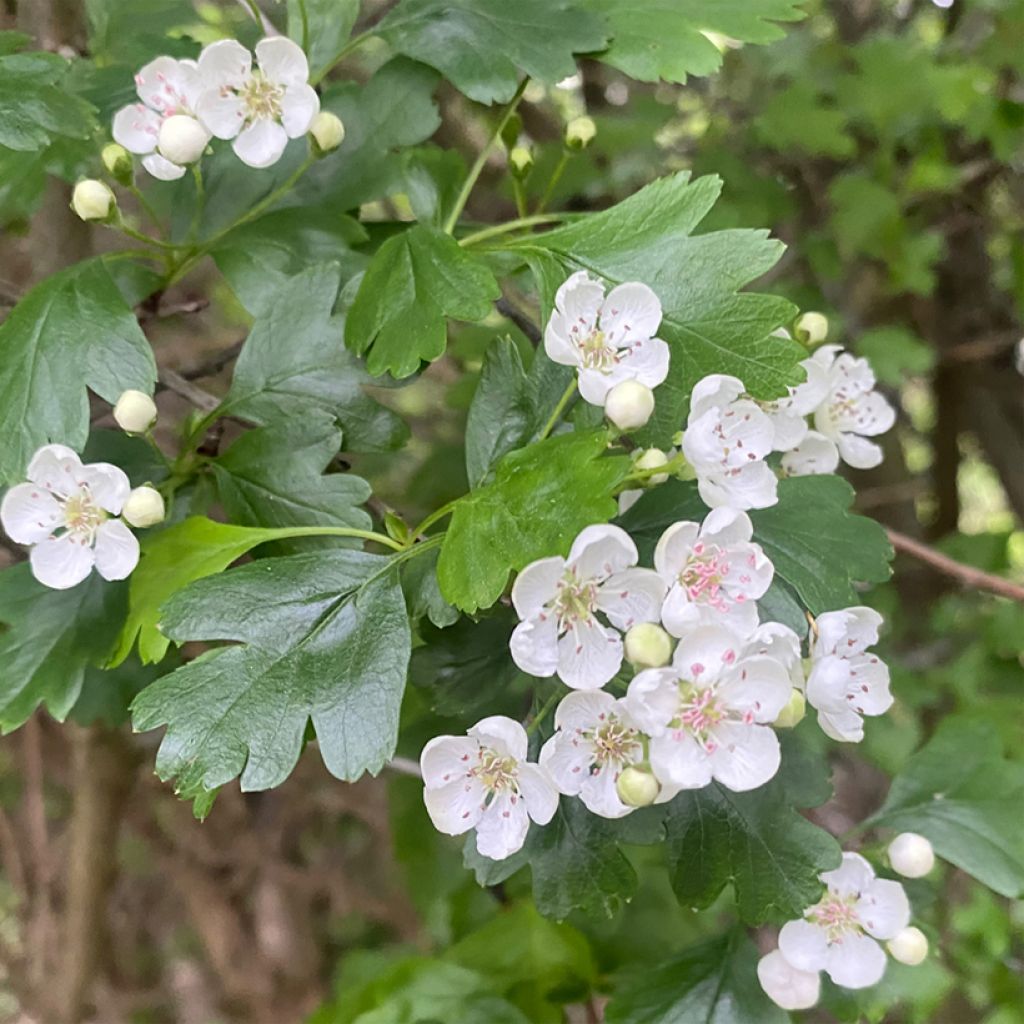

Crataegus nigra - Hungarian Black Hawthorn
Crataegus nigra - Hungarian Black Hawthorn
Crataegus nigra
Hungarian Black Hawthorn, Hungarian Hawthorn, Black Hawthorn
Why not try an alternative variety in stock?
View all →This plant carries a 24 months recovery warranty
More information
We guarantee the quality of our plants for a full growing cycle, and will replace at our expense any plant that fails to recover under normal climatic and planting conditions.
Oversize package: home delivery by special carrier from €6.90 per order..
Express home delivery from €8.90.
Does this plant fit my garden?
Set up your Plantfit profile →
Description
Crataegus nigra, also known as the Black Hawthorn, Hungarian Hawthorn, or Blackthorn, is a species closely related to the smooth hawthorn found in the countryside, which grows spontaneously in Eastern Europe. It is a small, deciduous, thorny, hardy, decorative tree, useful for wildlife, whose ripe black fruits can be consumed. Its white flowering in May is loved by bees, and its fruits are coveted by birds. Easy to grow in average soil, the Hungarian hawthorn has a place in a country or defensive hedge. It is also a medicinal plant.
Crataegus nigra belongs to the Rosaceae family, just like the wild rose and the plum tree. It is a hawthorn native to Hungary, Serbia, and Croatia. In the wild, it is found in deciduous forests on limestone soils. It is a small tree or large bush with relatively slow growth, reaching an average height of 7m with a spread of 4m, depending on the growing conditions. Its habit is rounded to spreading, with thorny branches forming a dense crown. The leaves of Crataegus nigra are alternate, simple, and lobed, measuring 2 to 5 cm in length. They usually have 3 to 5 rounded lobes with serrated edges. Their lamina is dark green and shiny on the upper surface and paler on the lower surface. The leaves emerge in spring and turn yellow in autumn before falling. The Hungarian hawthorn flowers in spring, usually in May. The white or slightly pink flowers are grouped in corymbs or small flattened clusters, about 1 cm in diameter. They are nectar-rich and attract pollinating insects such as bees and butterflies. After flowering, black berry-like fruits called haws form. These ovoid berries with a slightly flattened or irregular surface are black when ripe and measure 8 to 10 mm in diameter. They are edible and appreciated by birds. Each fruit contains one or two angular stones that enclose the seeds. Their flesh is relatively thin and slightly mealy, with a sweet-tart taste. This hawthorn can live for many years.
The fruits of the black hawthorn can be consumed raw, cooked, or dried. They can be used as pie fillings or in jams. Birds and other animals that consume them contribute to seed dispersal.
Crataegus nigra adapts to a wide range of soils, neither too wet nor too dry. This undemanding shrub only requires pruning for balance in February. Plant the hawthorn in a large hedge, alongside ornamental apple trees, cotoneasters, wild pear trees, quince trees, and other sea buckthorns, for example. You will provide shelter and food for many insects, birds, and small mammals in your garden.
Report an error about the product description
Plant habit
Flowering
Foliage
Botanical data
Crataegus
nigra
Rosaceae
Hungarian Black Hawthorn, Hungarian Hawthorn, Black Hawthorn
Eastern Europe
Other Hawthorn Crataegus
Planting and care
Crataegus nigra is best planted in autumn in any well-drained soil, even limestone, enriched with compost or humus, in a sunny or semi-shaded position. It only dislikes excessively dry climates. This undemanding, small tree will be happy with a balanced pruning in February. To form a tree hawthorn, reduce the bush to a single stem after planting. Then cut off all the shoots at their point of origin.
Planting period
Intended location
Care
This item has not been reviewed yet - be the first to leave a review about it.
Hedge shrubs
Haven't found what you were looking for?
Hardiness is the lowest winter temperature a plant can endure without suffering serious damage or even dying. However, hardiness is affected by location (a sheltered area, such as a patio), protection (winter cover) and soil type (hardiness is improved by well-drained soil).

Photo Sharing Terms & Conditions
In order to encourage gardeners to interact and share their experiences, Promesse de fleurs offers various media enabling content to be uploaded onto its Site - in particular via the ‘Photo sharing’ module.
The User agrees to refrain from:
- Posting any content that is illegal, prejudicial, insulting, racist, inciteful to hatred, revisionist, contrary to public decency, that infringes on privacy or on the privacy rights of third parties, in particular the publicity rights of persons and goods, intellectual property rights, or the right to privacy.
- Submitting content on behalf of a third party;
- Impersonate the identity of a third party and/or publish any personal information about a third party;
In general, the User undertakes to refrain from any unethical behaviour.
All Content (in particular text, comments, files, images, photos, videos, creative works, etc.), which may be subject to property or intellectual property rights, image or other private rights, shall remain the property of the User, subject to the limited rights granted by the terms of the licence granted by Promesse de fleurs as stated below. Users are at liberty to publish or not to publish such Content on the Site, notably via the ‘Photo Sharing’ facility, and accept that this Content shall be made public and freely accessible, notably on the Internet.
Users further acknowledge, undertake to have ,and guarantee that they hold all necessary rights and permissions to publish such material on the Site, in particular with regard to the legislation in force pertaining to any privacy, property, intellectual property, image, or contractual rights, or rights of any other nature. By publishing such Content on the Site, Users acknowledge accepting full liability as publishers of the Content within the meaning of the law, and grant Promesse de fleurs, free of charge, an inclusive, worldwide licence for the said Content for the entire duration of its publication, including all reproduction, representation, up/downloading, displaying, performing, transmission, and storage rights.
Users also grant permission for their name to be linked to the Content and accept that this link may not always be made available.
By engaging in posting material, Users consent to their Content becoming automatically accessible on the Internet, in particular on other sites and/or blogs and/or web pages of the Promesse de fleurs site, including in particular social pages and the Promesse de fleurs catalogue.
Users may secure the removal of entrusted content free of charge by issuing a simple request via our contact form.
The flowering period indicated on our website applies to countries and regions located in USDA zone 8 (France, the United Kingdom, Ireland, the Netherlands, etc.)
It will vary according to where you live:
- In zones 9 to 10 (Italy, Spain, Greece, etc.), flowering will occur about 2 to 4 weeks earlier.
- In zones 6 to 7 (Germany, Poland, Slovenia, and lower mountainous regions), flowering will be delayed by 2 to 3 weeks.
- In zone 5 (Central Europe, Scandinavia), blooming will be delayed by 3 to 5 weeks.
In temperate climates, pruning of spring-flowering shrubs (forsythia, spireas, etc.) should be done just after flowering.
Pruning of summer-flowering shrubs (Indian Lilac, Perovskia, etc.) can be done in winter or spring.
In cold regions as well as with frost-sensitive plants, avoid pruning too early when severe frosts may still occur.
The planting period indicated on our website applies to countries and regions located in USDA zone 8 (France, United Kingdom, Ireland, Netherlands).
It will vary according to where you live:
- In Mediterranean zones (Marseille, Madrid, Milan, etc.), autumn and winter are the best planting periods.
- In continental zones (Strasbourg, Munich, Vienna, etc.), delay planting by 2 to 3 weeks in spring and bring it forward by 2 to 4 weeks in autumn.
- In mountainous regions (the Alps, Pyrenees, Carpathians, etc.), it is best to plant in late spring (May-June) or late summer (August-September).
The harvesting period indicated on our website applies to countries and regions in USDA zone 8 (France, England, Ireland, the Netherlands).
In colder areas (Scandinavia, Poland, Austria...) fruit and vegetable harvests are likely to be delayed by 3-4 weeks.
In warmer areas (Italy, Spain, Greece, etc.), harvesting will probably take place earlier, depending on weather conditions.
The sowing periods indicated on our website apply to countries and regions within USDA Zone 8 (France, UK, Ireland, Netherlands).
In colder areas (Scandinavia, Poland, Austria...), delay any outdoor sowing by 3-4 weeks, or sow under glass.
In warmer climes (Italy, Spain, Greece, etc.), bring outdoor sowing forward by a few weeks.

































